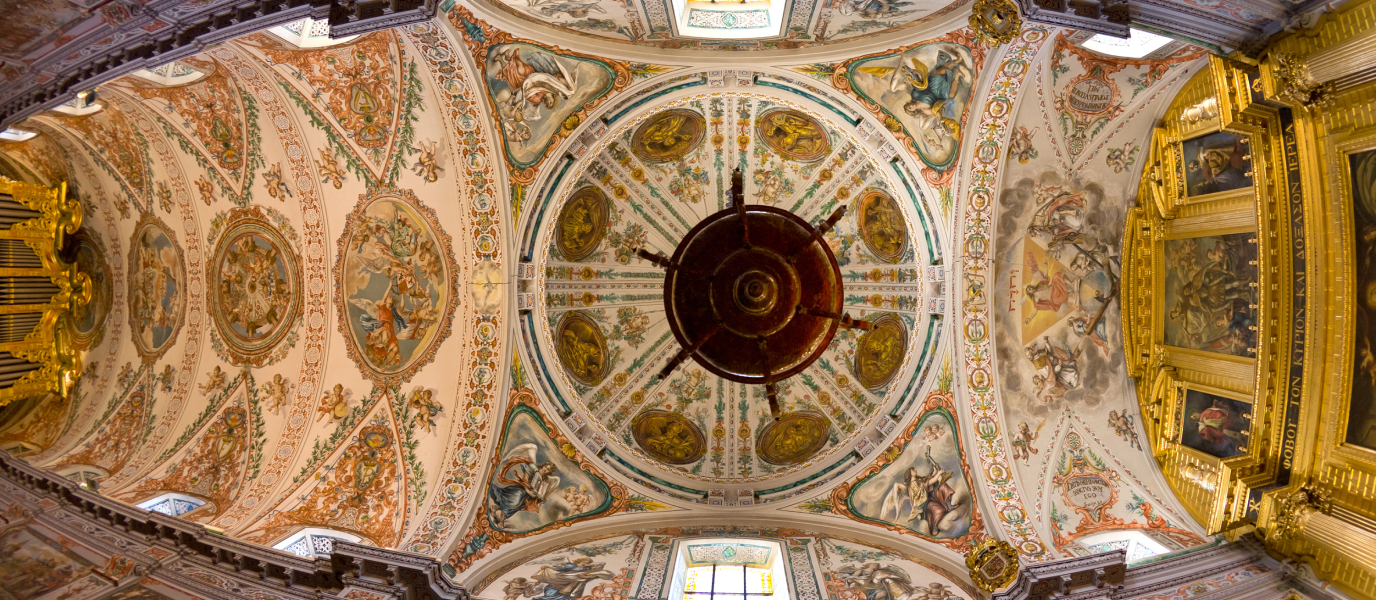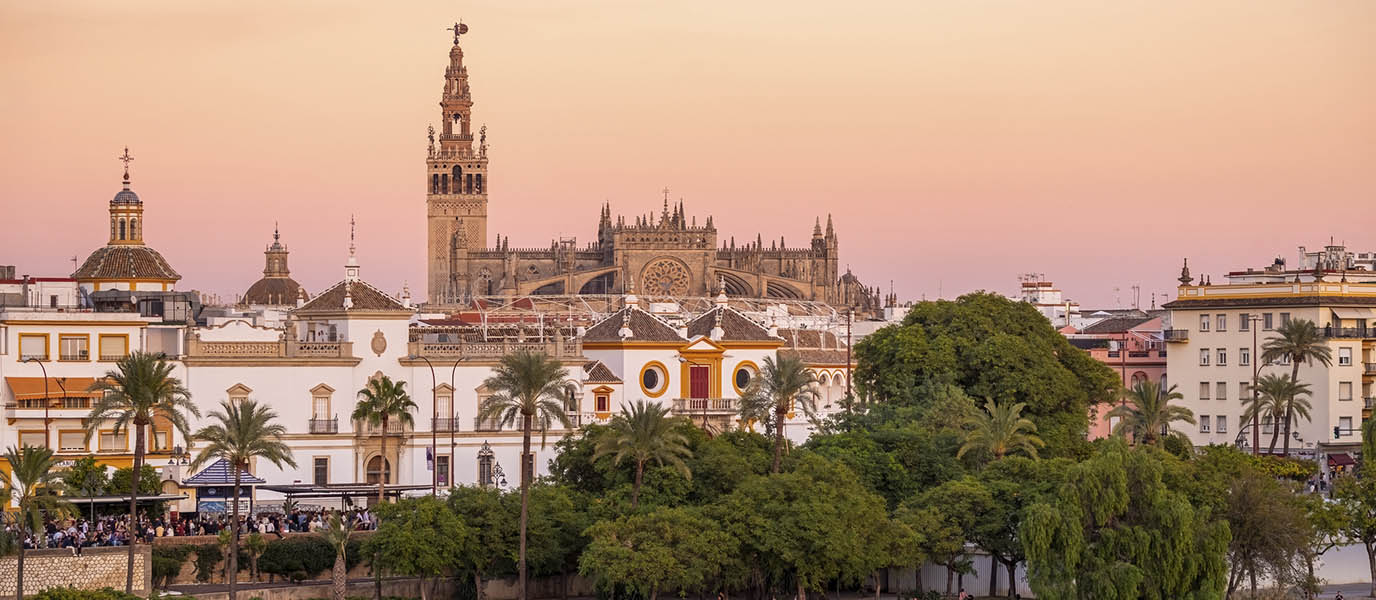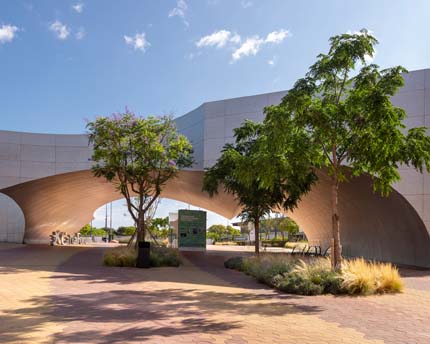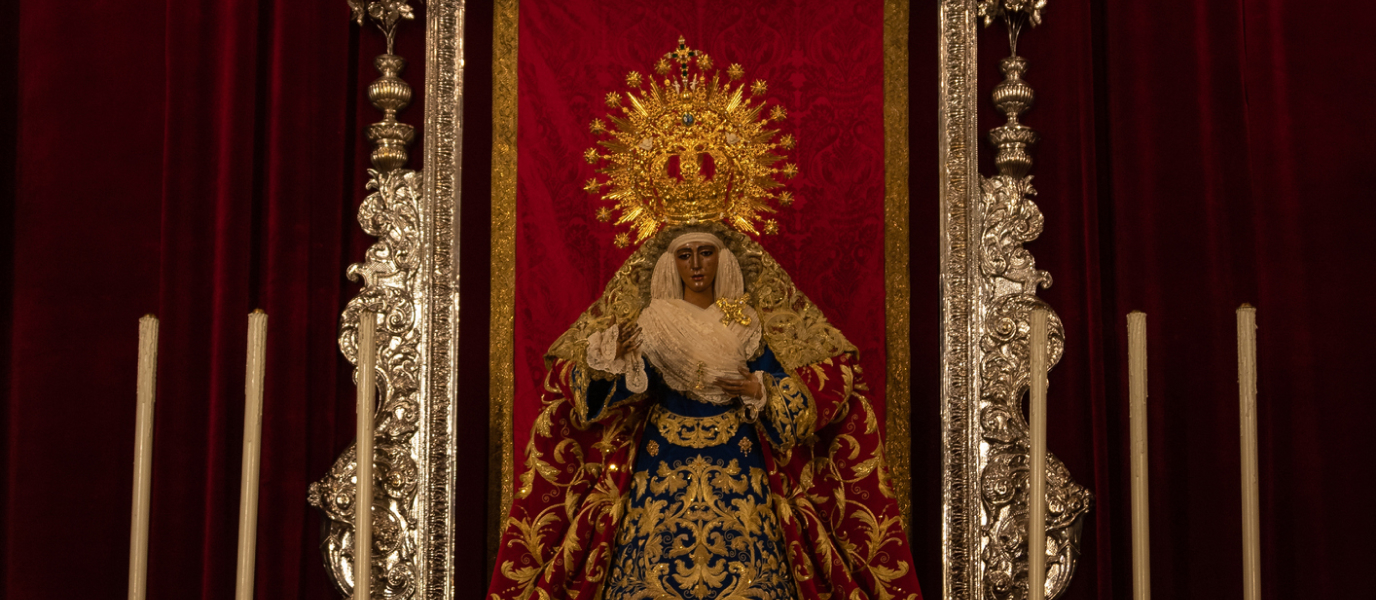It might not sound as familiar as other historical buildings in Seville but the Hospital de los Venerables is an architectural gem full of history and art in the heart of the Santa Cruz neighbourhood. A hospital for the elderly and poor in the 17th and 18th centuries, today it’s one of the most important cultural buildings in the city and home to the Diego Velázquez Research Centre
The Hospital de los Venerables is a wonderful monument and stopping here is essential if you’d like to enjoy beautiful architecture and find out more about Velázquez, the painter behind world famous works such as Las Meninas and The Surrender of Breda.
Sitting comfortably? Because this blog post is going to open the doors to the Hospital de los Venerables – and afterwards you’ll definitely want to make time for it on your trip to Seville.
History of the Hospital de los Venerables
To discover the origins of the hospital, you have to travel four hundred years back in time to 1627, when the Hermandad de Silencio in Seville began to provide help to old priests, the poor and the disabled. At first, patients were given shelter in different houses and, later, a hospital was built to house them. Supported by cathedral canon Justino de Neve, the building work was managed by architects Juan Domínguez and Leonardo de Figueroa and took place between 1675 and 1697.
And the result was the Hospital de los Venerables, a noble, Baroque building spread over two floors with a noteworthy church and a typical Seville-style patio. It was a place of rest where former clerics and the disabled could be cared for, something that was especially necessary when the city suffered hard times during a plague epidemic in the middle of the 17th century.
But the Hospital de los Venerables didn’t remain a hospital forever. In 1840, it was converted into a fabric factory and the residents had to move. It wasn’t for long though – eight years later the brotherhood recovered the building and returned it to its original purpose.
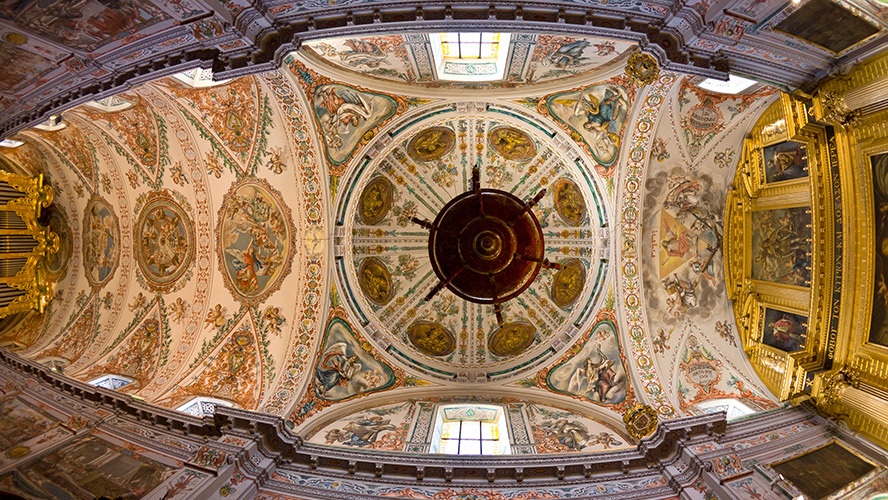
It then continued to be used as a hospital until the 1970s. In 1982, the Hermandad de los Venerables and the Archbishop of Seville gave it to the Fundación Fondo de Cultura de Sevilla (Focus). The foundation restored the building between 1987 and 1991 and established its headquarters there. Since then, cultural events, concerts, conferences and exhibitions have been held at the hospital, and it has an excellent collection of contemporary art.
What’s more, since 2008 it has been the home of the Diego Velázquez Research Centre, a space for sharing information about the Seville-born painter, his life, works and important legacy.
What you can see on your visit
The Hospital de los Venerables is an Asset of Cultural Interest and the building is included in the Historic Heritage of Spain. And it’s more than worthy of being in both categories. The moment you step inside the hospital’s beautiful church, you’ll see why.
It has one nave and the ceilings and walls are decorated with spectacular frescoes by Valdés Leal and his son Lucas. Valdés Leal also painted The Last Supper on the high altar. The church perfectly exemplifies the Baroque style and is one of the most beautiful in Seville.
The church leads to the sacristy, which has a trompe-l’oeil ceiling and wooden furniture that make a big impression on visitors to this small room.
And you can then move from the powerful Baroque to the peace and harmony of the traditional Seville-style patio found in the centre of the Hospital de los Venerables. With a typical central fountain and decorated with tiles from Triana, the central patio and surrounding galleries are reminiscent of a monastery cloister.
In addition to these spaces, the Hospital de los Venerables is home to two important cultural centres.
The first is the Diego Velázquez Research Centre, which gives you the chance to delve deep into the life and works of one of the most important painters in history. Several of his works, and paintings by other artists of the same period such as Murillo and Zurbaran, hang on the centre’s walls.
The Hospital’s Contemporary Art Collection also displays numerous important artworks by artists including Carmen Laffón, Ramón Gaya and Luis Gordillo.
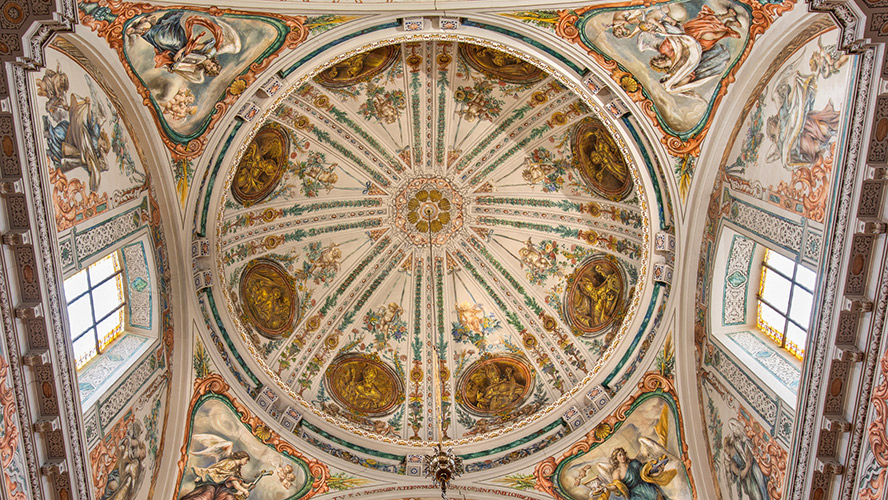
Visiting the Hospital de los Venerables: Information, prices and opening times
The Hospital de los Venerables is open to the public at the following times:
- Monday to Saturday: 10 a.m. – 7 p.m.
- Sunday: 10 a.m. – 3 p.m.
You have to buy a ticket to visit the hospital but there are discounts for over-65s, children and young people, students, residents of Seville, groups, and persons with a disability.
Tickets include entry to the church, sacristy, patio, the Velázquez Centre and the Contemporary Art Collection. Audio guides are also available in several languages.
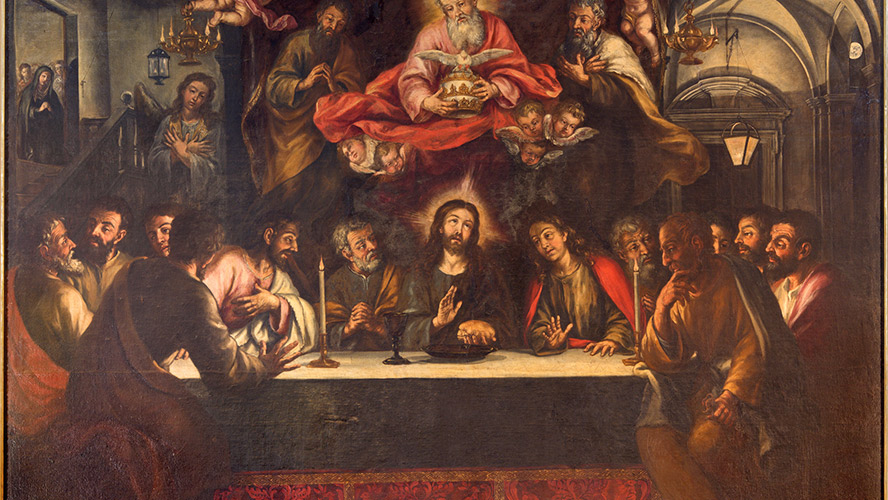
Hotels in Seville
Seville is widely considered to be one of the most beautiful cities in Spain, and it’s well worth spending a few days there and choosing a comfortable hotel to make the most of your trip. One of the best hotels in Seville is the Barceló Sevilla Renacimiento.
This emblematic five-star hotel is an architectural icon of Isla de la Cartuja, the area used for Expo 92 and today home to several places of interest such as Isla Mágica and La Cartuja stadium.
The hotel has 295 large, modern guest rooms and is set on the banks of the Guadalquivir River in a peaceful area close to the centre of Seville. It also has several bars and restaurants, an outdoor pool and extensive events facilities, such as Sevilla International Convention Center (SICC), the largest convention centre in the city.




































































